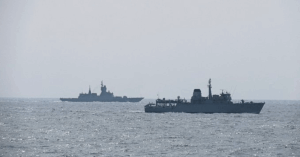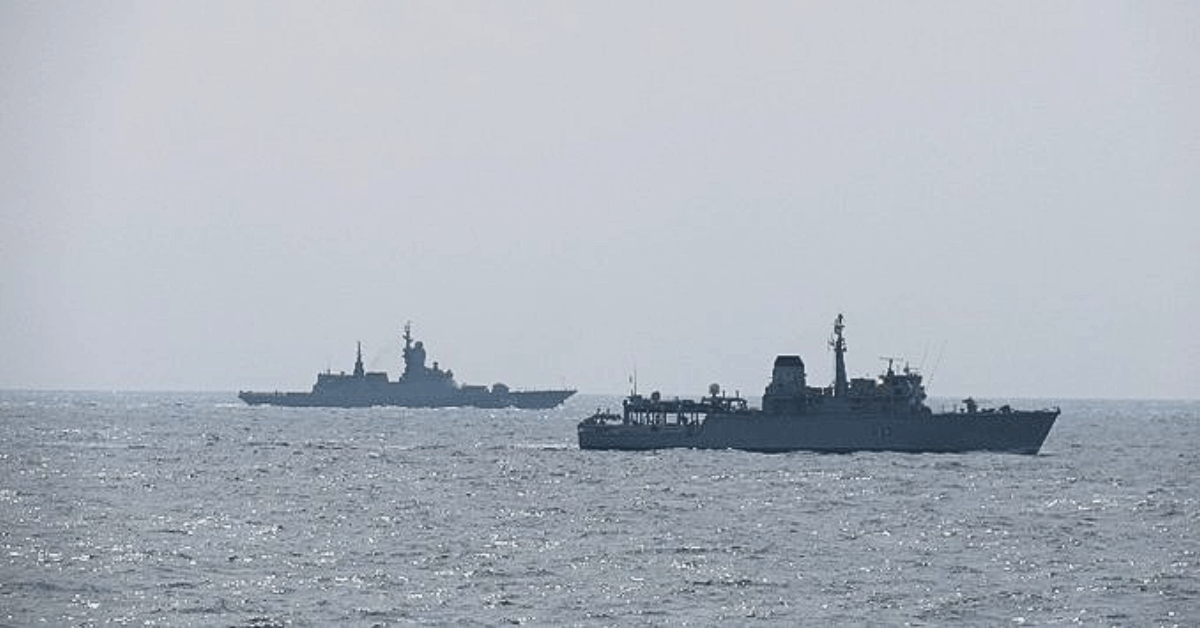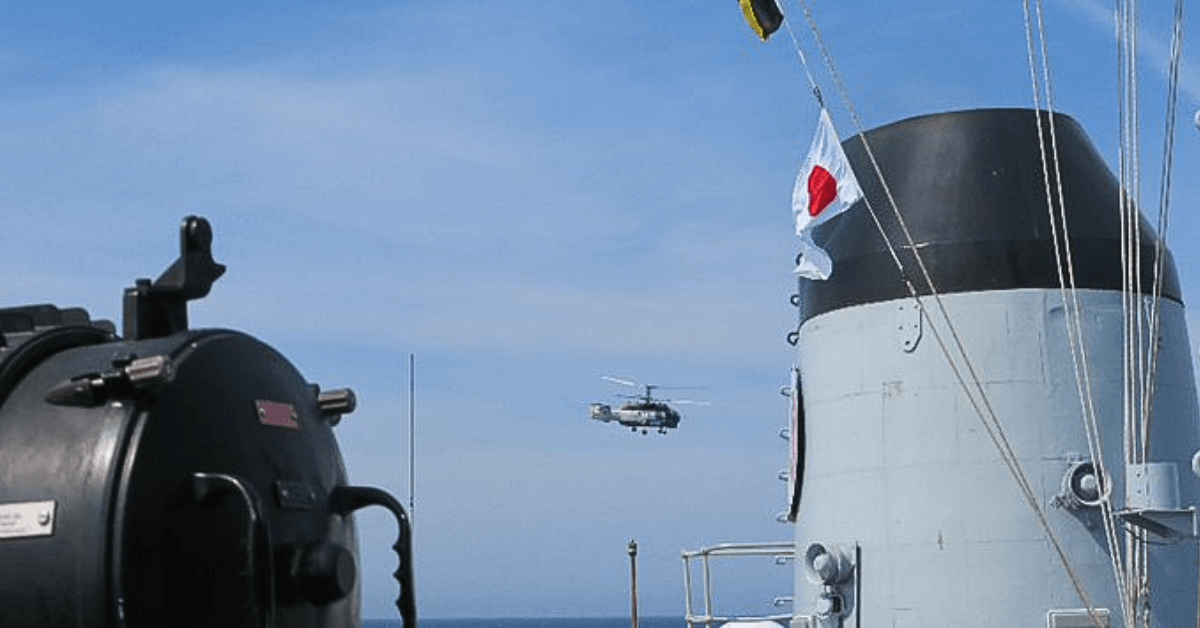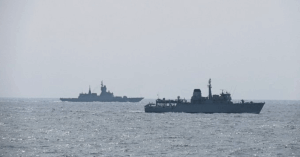
Shipbuilding Giant HII Furloughs 471 Employees To Boost Performance
May 31, 2025
Engineer At Indian Defence Firm Arrested For Leaking Sensitive Naval Data
May 31, 2025

The Royal Navy carried out a five-day operation to monitor Russian naval activity in and around UK waters, deploying multiple warships and aircraft for the second time this month.
HMS Dragon, a Type 45 destroyer based in Portsmouth, tracked the Russian intelligence gathering ship Yuri Ivanov as it stayed near the Outer Hebrides. This followed the recent NATO exercise Formidable Shield, which took place nearby.
The destroyer maintained surveillance on the Russian vessel and deployed its Merlin helicopter to collect intelligence from the air. Eventually, Yuri Ivanov moved north towards the Arctic, ending its presence near the UK.
At the same time, HMS Ledbury and HMS Hurworth, supported by 814 Naval Air Squadron, were sent to follow the Russian Steregushchiy-class corvette Stoikiy. The warship sailed west through the English Channel to meet two Russian merchant ships, Sparta IV and General Skobelev, which were returning from the Mediterranean Sea.
After the rendezvous, Stoikiy escorted the two cargo ships eastwards. Portsmouth-based HMS Hurworth closely monitored the group as they moved back toward the Baltic Sea. This operation was conducted as part of combined NATO efforts to maintain security in these waters.
The operation lasted five days and took place shortly after the UK Prime Minister’s historic announcement to increase defence spending to 2.5% of the nation’s GDP. This commitment aims to enhance protection for working people and strengthen the overall national defence.
Lieutenant Commander James Bradshaw, who commands the Hunt-class minehunter HMS Hurworth, explained that watching over the seas and seabed around the UK is a fundamental responsibility of his squadron. He added that the crew carried out their work with professionalism, maintaining constant vigilance to protect the UK’s vital sea lanes.

HMS Ledbury first encountered Stoikiy late on May 18 while the Russian warship passed through the Dover Strait heading west. On May 19, HMS Hurworth took over the monitoring duty near Brighton.
HMS Hurworth stayed close as Stoikiy met the two merchant ships southwest of Land’s End. The minehunter then followed the group as they traveled east through the English Channel and into the North Sea until the operation ended on the afternoon of May 22.
During the eastbound journey, a Merlin Mk2 helicopter from 814 Naval Air Squadron, based at the Royal Naval Air Station Culdrose, helped monitor the Russian vessels from the air. Other NATO countries also contributed with ships and aircraft during the operation.
Lieutenant Commander Craig Clark, commanding officer of HMS Ledbury, said that escorting Russian vessels through UK waters shows the Royal Navy’s firm commitment to national security. Although the Hunt-class vessels like HMS Hurworth are specially designed for mine countermeasures, they are well trained to carry out maritime security tasks.
Able Seaman Wayne Slater, a helmsman aboard HMS Hurworth, shared that maneuvering close to Russian ships was a new experience for him. He added that the crew acted safely and professionally but remained prepared to respond quickly if any aggression or incident occurred while non-allied warships operated near UK waters.
Lieutenant Patrick Bingham, the gunnery officer on HMS Hurworth and a former merchant navy officer, discussed the importance of keeping sea lanes free and open.
Reference: Royal Navy
Source: Maritime Shipping News


